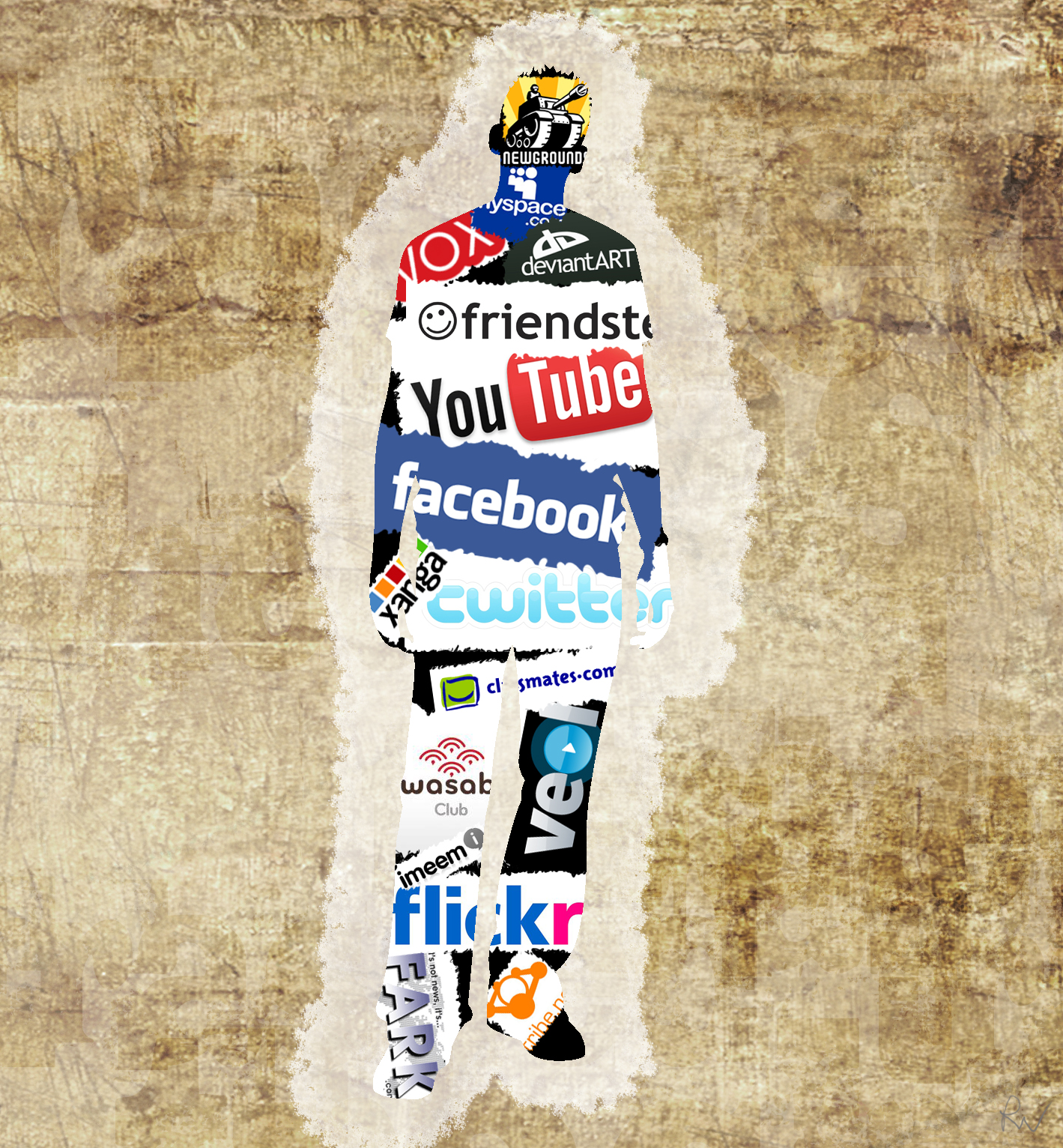Desmos is a blend of paper and technology, it is an amazing and powerful facilitation tool for teachers and students as it provides wide range of resources. It is a free graphing calculator, and teachers can use Desmos to help students connect mathematical concepts to concrete, real-world shapes and pictures. Recently, desmos completed its curriculum for math’s subjects from grade 6th to 8th, in this curriculum desmos includes various courses, units and chapters for teachers and students.
Desmos Math curriculum-
Desmos’s math curriculum is very flexible as it is the combination of innovative technology and creative ideas of students. Students can learn & develop new things by using their intuitions and own thinking. Desmos curriculum, and lessons are designed in such a way that, it encourages students to use their own ideas first before using formal mathematics chapter, which ultimately enhances student’s conceptual knowledge. Inside Desmos’s curriculum guide, we will find various facilitation tool i.e., courses, units, lessons, lesson guides and so on. https://learn.desmos.com/curriculum-guide

I have used the Desmos graphing calculator few times and I must say that it works pretty well for graphing most functions. It allows you to do polar, parametric and piece-wise definitions as well. This tool is very new for me, as I didn’t use this before but when I helped my cousin in her school math’s work, and I realized, it is the best tool for doing quadratic equations and all.
Here I am sharing my first desmos activity, and in this graphic, I tried to show, how we use various functions to show our work, and teach our students about concepts like parabola in vertex, standard, and factored form, concept of straight (horizontal and vertical) lines and many more. Moreover, Students learn by doing and instantly see changes to their graphs as they manipulate values and these activities allow the students to play and help them figure out how functions are graphed. I am looking forward to learn new features of desmos.
While using desmos, various concerns come in our mind, whether desmos is safe to use, is this tool intended for school? whether our data and digital identity of students and teachers are secure. For all the answers, I must say, yes!!, because of its security and privacy policy. https://privacy.commonsense.org/evaluation/desmos



